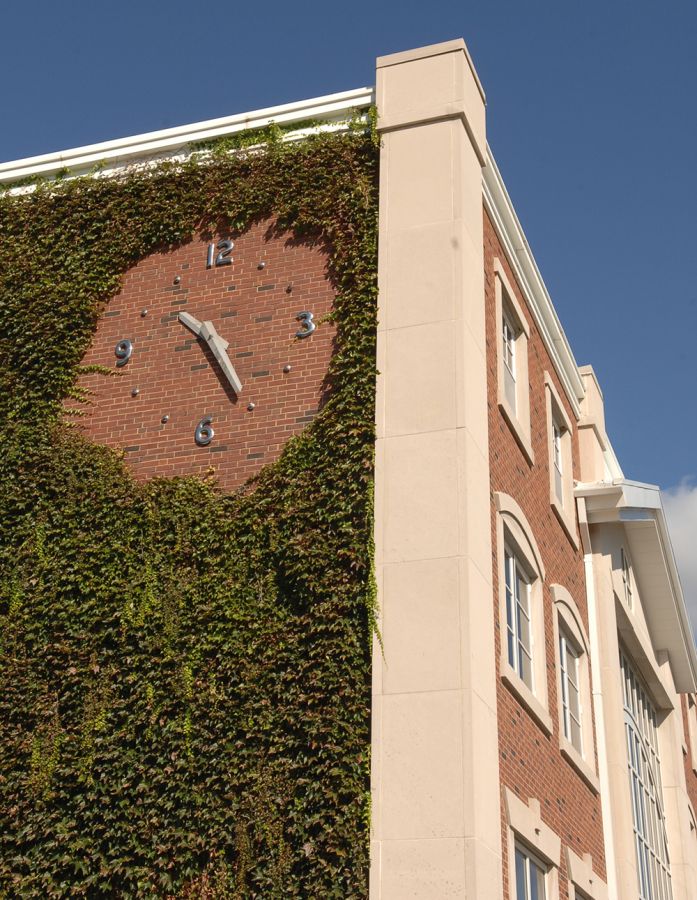The National Science Foundation (NSF) has made significant changes to its Proposal & Award Policies and Procedures Guide (PAPPG), which is effective as of January 25, 2016. All proposals due on or after that date must utilize the instructions and guidance in this version of the PAPPG. Noncompliance with this guidance may result in your proposal being returned without review or negatively impact the review of the proposal. Following is a summary of the changes.
Significant Changes to NSF Proposal Submission and Award Guidelines
Collaborators and other affiliations information
- Previous guidance: This information was provided as part of the biographical sketch.
- New guidance:
- Requires this information in a new single copy document.
- No longer requires proposers to identify the total number of collaborators and other affiliations.
- Information regarding collaborators and other affiliations must be separately provided for each individual identified as senior project personnel, including collaborators and co-editors graduate advisors and postdoctoral sponsors, thesis advisor, and postgraduate sponsor.
Biographical sketches
- Previous guidance: biographical sketches for senior personnel uploaded as one PDF file.
- New guidance:
- Senior personnel biographical sketches must be uploaded separately for each senior person.
- Biographical sketches for “Other Personnel” and for “Equipment” proposals uploaded as a single file in the “Other Supplementary Documents Section.”
Current and pending support
- Previous guidance: Current and pending support for “Senior Personnel” uploaded in a single file.
- New guidance:
- Current and pending support uploaded separately for each individual shown as “Senior Personnel.”
- Include all support including internal funds allocated toward specific projects.
Dual Use Research of Concern (DURC): NEW
- Defined as “life sciences research that can be reasonably anticipated to provide knowledge, information, products, or technologies that could be directly misapplied to pose a significant threat with broad potential consequences to public health and safety, agricultural crops and other plants, animals, the environment, materiel, or national security.”
- The principal investigator (PI) must disclose if their research uses or will be utilizing any of the 15 listed agents or toxins, and, produces, aims to produce, or can be reasonably anticipated to produce any of the effects of seven listed categories of experiments.
Clarifications and other changes
- Formatting guidelines: All NSF funding opportunities will follow formatting instructions contained in the Grant Proposal Guide (GPG)–not individual solicitations.
- Requested reviewers: Include email address and institutional affiliation.
- Project summary: only summaries with special characters are uploaded in “Supplementary Documents.”
- Prior NSF support: Information MUST be provided for any PI or co-PI that has received NSF funding with start date in past five years (including any current funding and no-cost extensions).
- Technical report requirements: Final reports submitted within 120 days of end of award. (Changed from 90 days).
- Award financial reporting requirements: Must liquidate all obligations incurred no later than 120 calendar days after award end. Changed from 90 calendar days.
- Public access to copyrighted material (NEW)
- Articles in peer-reviewed scholarly journals and papers in juried conference proceedings resulting from NSF funding must be
- Deposited in a public access compliant repository.
- Available for download, reading, and analysis within 12 months of publication.
- Possess a minimum set of machine-readable metadata elements.
- Reported in annual and final reports with a persistent identifier.
- Articles in peer-reviewed scholarly journals and papers in juried conference proceedings resulting from NSF funding must be
If you have questions, please contact Illinois State’s Research and Sponsored Programs at (309) 438-2528 or researchoffice@IllinoisState.edu.

